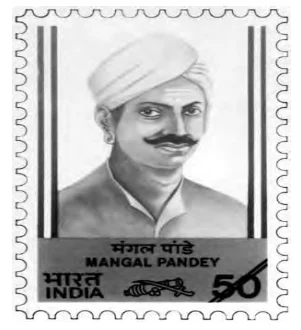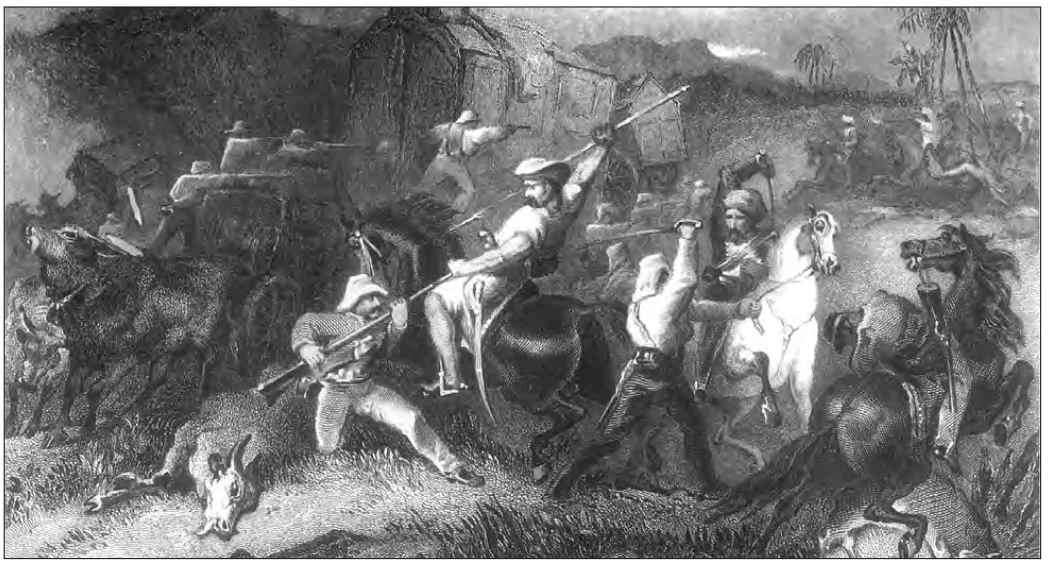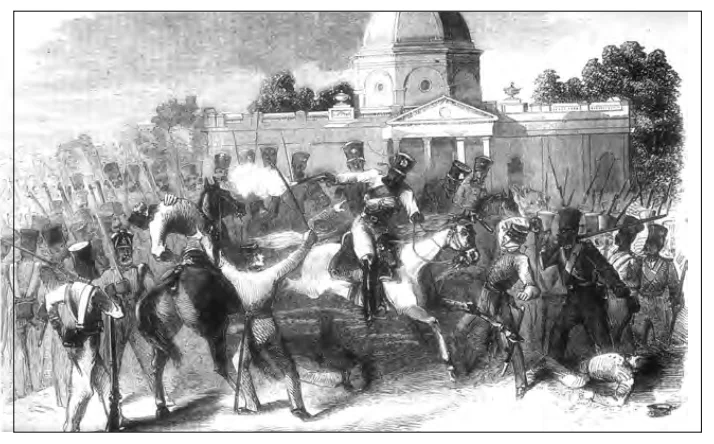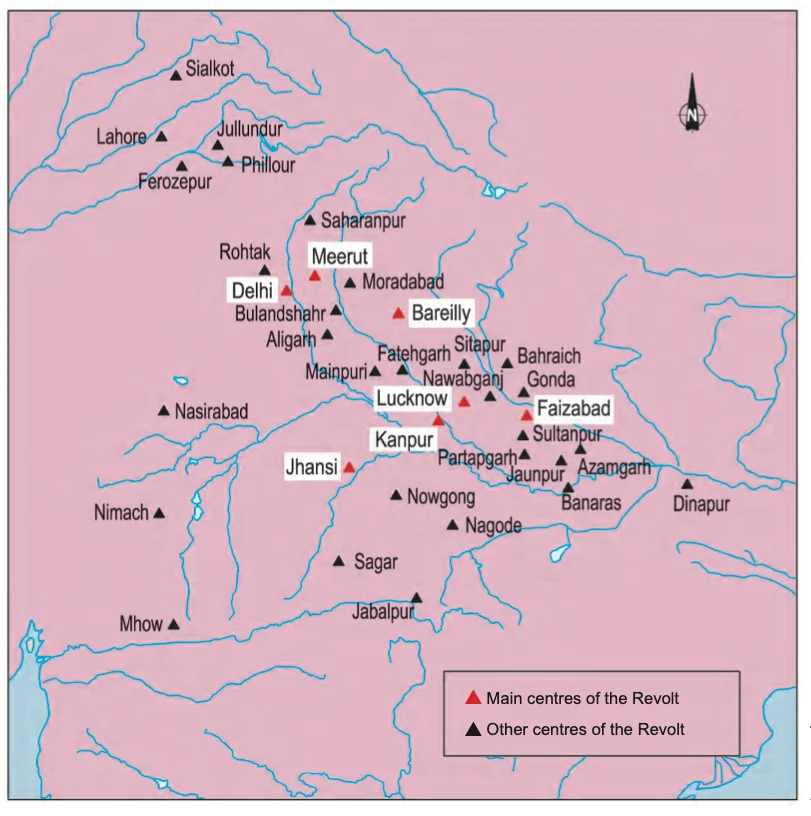![]() 25 Jun 2024
25 Jun 2024
The Revolt of 1857, often dubbed the “First War of Independence,” was a watershed moment in India’s colonial history. Originating from a sepoy mutiny in Meerut due to varied grievances, it rapidly expanded into a broad-based revolt.
Escalating Resistance: Popular resistances can sometimes escalate to such an extent that they cripple the power of the state.

Barrackpore: On 8 April 1857, Mangal Pandey was executed for assaulting his superiors in Barrackpore.

Mughal Dynasty’s Legacy: The Mughal dynasty’s historical significance meant many local rulers hoped to regain their territories under Mughal dominion if the emperor was restored.

Post-Delhi Uprisings: After Delhi’s fall, uprisings mushroomed post a brief lull.

Chain of Events: The pattern suggested that the mutiny in one town incited a similar reaction in the next.

Ordinary Life in Extraordinary Times: Life in the Cities During the Revolt
|
| Must Read | |
| Current Affairs | Editorial Analysis |
| Upsc Notes | Upsc Blogs |
| NCERT Notes | Free Main Answer Writing |
The 1857 revolt, sparked by sepoy grievances, transformed from a mutiny to a widespread rebellion. Though ultimately crushed by the British, it exposed vulnerabilities in their rule and sowed the seeds of Indian nationalism. The revolt’s legacy includes questioning British legitimacy and highlighting the yearning for self-rule.
| Related Articles | |
| MUGHAL PERIOD (1526-40 AND 1555-1857) | 1857 Revolt in India |
| THE ENGLISH IN INDIA | Land Revenue Systems in British India |
<div class="new-fform">
</div>